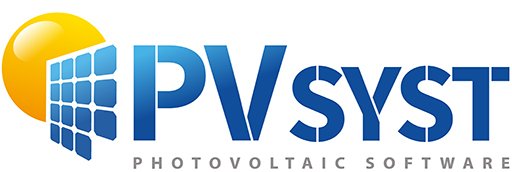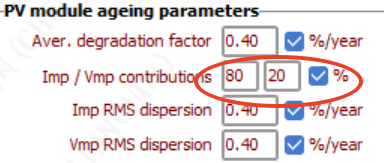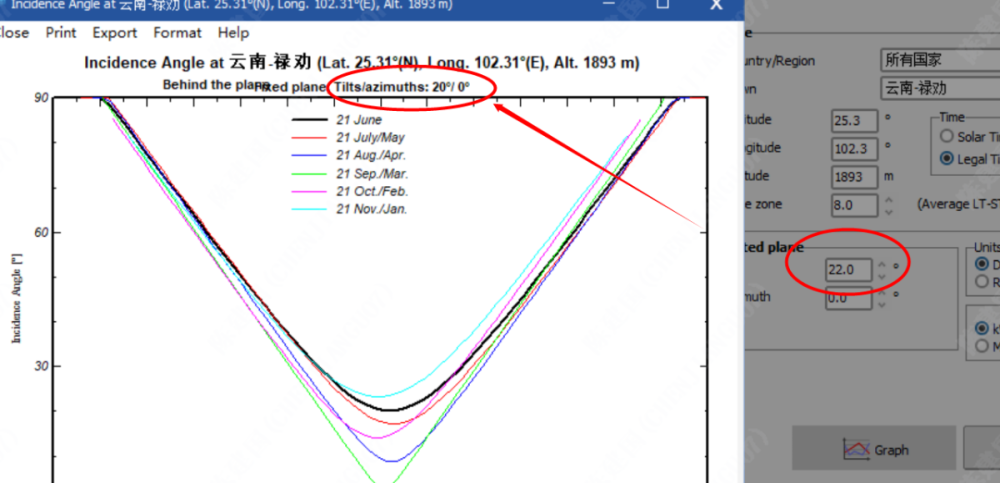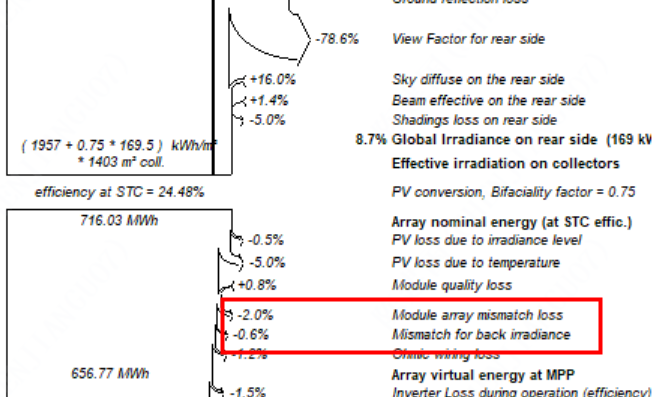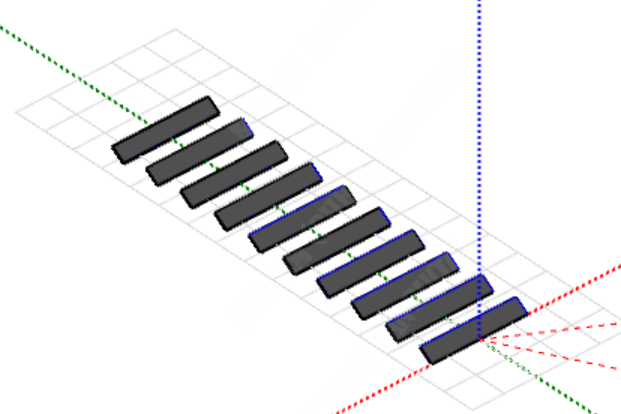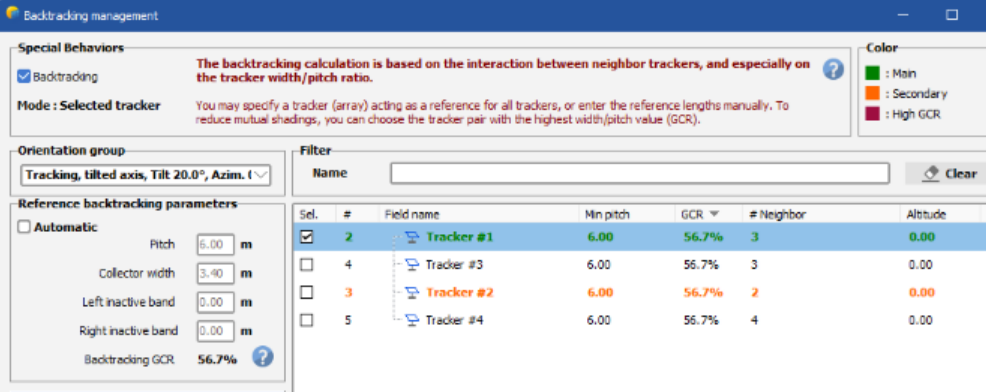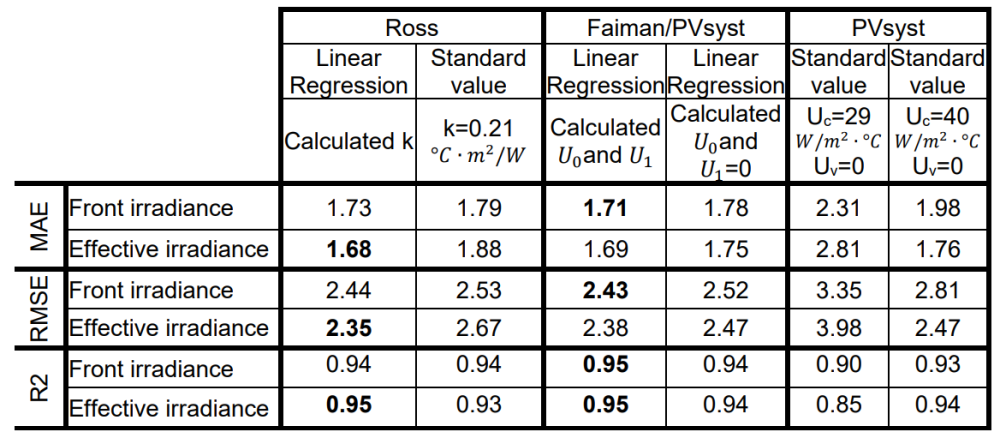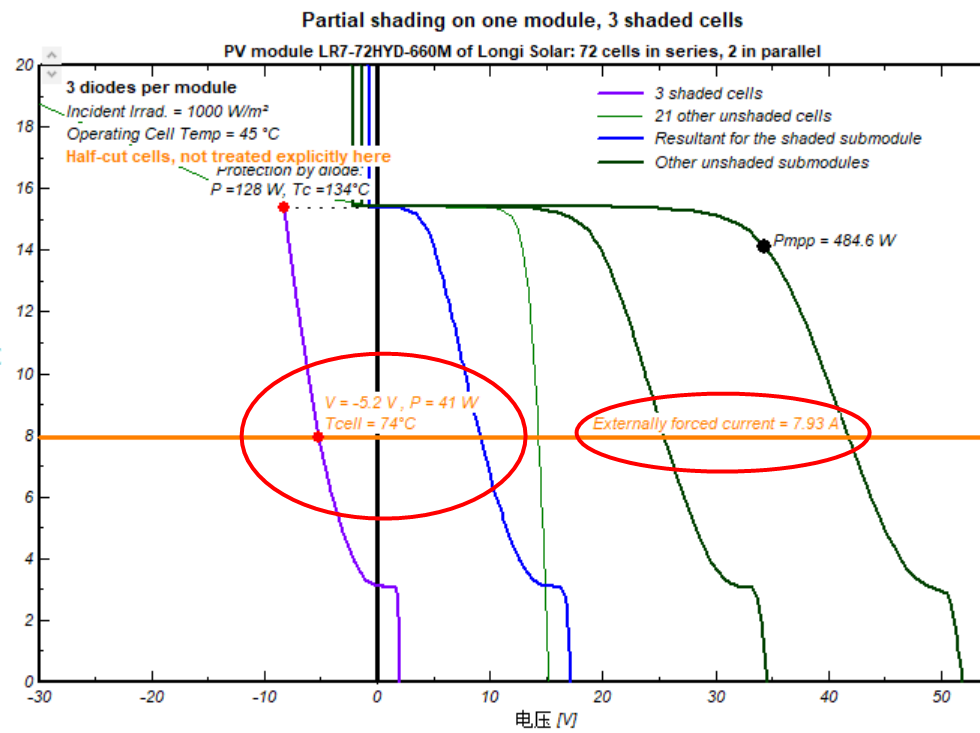-
Posts
44 -
Joined
-
Last visited
Everything posted by Chen
-

Report shows spectral correction applied even when it isn't
Chen replied to LauraH's topic in Problems / Bugs
OK, thanks -

Report shows spectral correction applied even when it isn't
Chen replied to LauraH's topic in Problems / Bugs
what does the C0 C1 C2..C5 mean? thanks! -
Dear PVsyst team: For the Imp/Vmp contributions 80/20%, is there any relevant literature to support the value of this parameter? Thank you!
-
OK,thanks
-
Ok,I wonder if our software can be considered this.
-
Dear sir: For the bi-facial module system , when calculating the cable loss of strings, should the current on the rear side of the modules be considered in our software? thanks!
-
-
ok,I agree with your viewpoint, but do you think this calculation is reasonable? if the fornt side of module receive irradiance of 1000 W/m², and the rear side of module receive irradiance of 200 W/m², front side:(f × 22- f × 22) / (f × 22) = 0% (relative) rear side:(f × 21.34 - f × 22) / (f × 22) = -3% (relative)
-
thanks
-
Dear pvsyst team: If I have an irregular trackers system, with some different pitches and GCR, what is the difference between the reference trackers and automatic mode ( deselecting the reference pair of trackers)?what is the automatic mode? thanks!
-
Will the temperature increase and power decrease when local solar cells of photovoltaic modules experience hot spots be considered in the power generation simulation?thanks
-
Dear PVsyst team: I saw an article in the literature that mentioned a comparison between the settings of UC and UV and actual simulation tests. Can we see if there is still a need to optimize UC for bifacial modules? thanks de Oliveira A K V, Braga M, Naspolini H F, et al. Validation of Thermal Models for Bifacial Photovoltaic Systems under Various Albedo Conditions[J]. ESS Open Archive eprints, 2024, 63: 06323163. https://onlinelibrary.wiley.com/doi/abs/10.1002/pip.3892 CTG_PIP_Temperature.pdf
-
OK IRev = Iph +aRev *V,for aRev=800mA/V^2, 800/1000*(-5.2)*(-5.2)= 21.632 (A) ;the externally forced current is 7.93A; how to calculate IRev? thanks
-
Excuse me, Prof.Andre Mermoud is I the reverse current in this formula,so a more accurate representation would be IRev = Iph +aRev *(V+Rs * IRev) ;and the externally forced current is IRev? thanks for reply.
-
as we can see the three values on the figure, the V (-5.2V),I(7.93A) and P(128W),Is there a formula that can explain their relationship,thanks!
